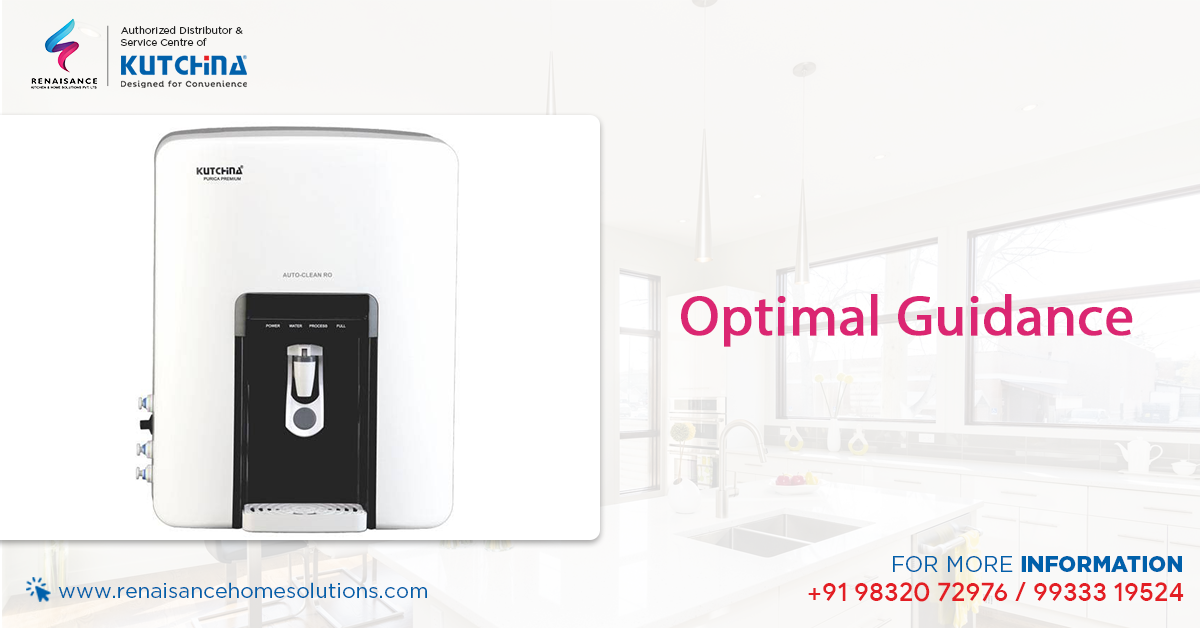What water purifiers do is keep the water from impurities. Throughout the course of reading, you get to learn about how it purifies drinking water and which one you should buy. This appliance is an essential kitchen appliance. However, you can install it anywhere in your interior.
When it comes to buying products for home comfort, everyone sticks to one thing the budget should be worth spending. Water involves different categories of germs/impurities. Therefore, before drinking, that water requires proper cleansing. So, if you’re sure to purchase this appliance for your health, read on. Buy the latest water purifier in Siliguri at budget-friendly prices.
Common sources of drinking water comprise lakes, groundwater, rivers, streams, reservoirs, harvested rainwater, et al. Such sourced water may include impurities like harmful chemicals, undissolved solids, magnesium, calcium, potassium, bacteria, or viruses. Unlike the river or harvested rainwater, groundwater involves a high level of TDS (total dissolved solids).
TDS level that is low or high but not in moderation can be harmful for consumption. High levels of TDS may have arsenic, lead, chlorides, sodium that is hazardous to health. Installing such an appliance removes impurities efficiently, making the drinking water clean and pure.

Here’re what you should consider when you purchase this appliance:
The Type of Water Purifier and Tank Capacity
- RO (Reverse Osmosis). This technique uses a semi-permeable membrane to trap and separate undesired particles and molecules present in the drinking water. Here, water is free from contaminants. RO purifiers work great if the source of water involves higher concentrations of TDS.
- Ultraviolet Purification. The name itself suggests how it disinfects drinking water. UV purification is one of the best processes for killing microorganisms in water like viruses, bacteria, or protozoa. High-intensity UV rays kill the disease-forming waterborne particles. Know that UV purifiers work if the water source has a low level of TDS since the purification process doesn’t include any membrane.
- Ultrafiltration. TheUF purification process uses a partially permeable membrane to cancel undesired particles from drinking water. Plus, UF technology helps retain the beneficial minerals in the water. Due to its larger pores in the membrane, it runs without electricity. In addition to it, because of its large pores, it is unable to cancel dissolved solids from water.
After you choose the type of water purifier, consider its storage tank capacity. Let’s make it easier. For example, if you’re a family of 4 people, the tank capacity should range from 6 to 8 litters. Or, for 1 to 2 people, a 4to5 later tank appears to be enough. To conclude, wise to get guidance from your service provider.






